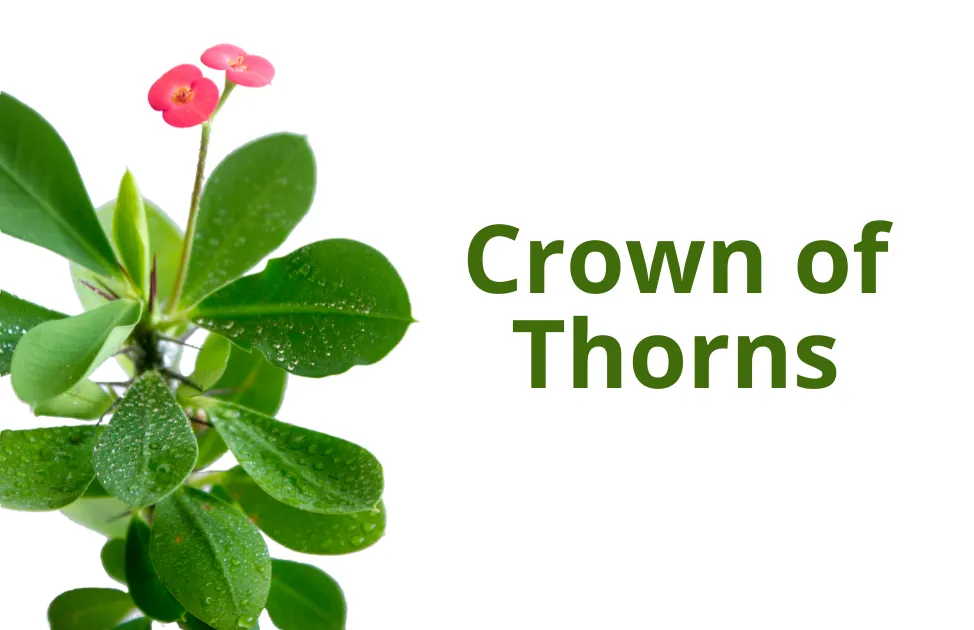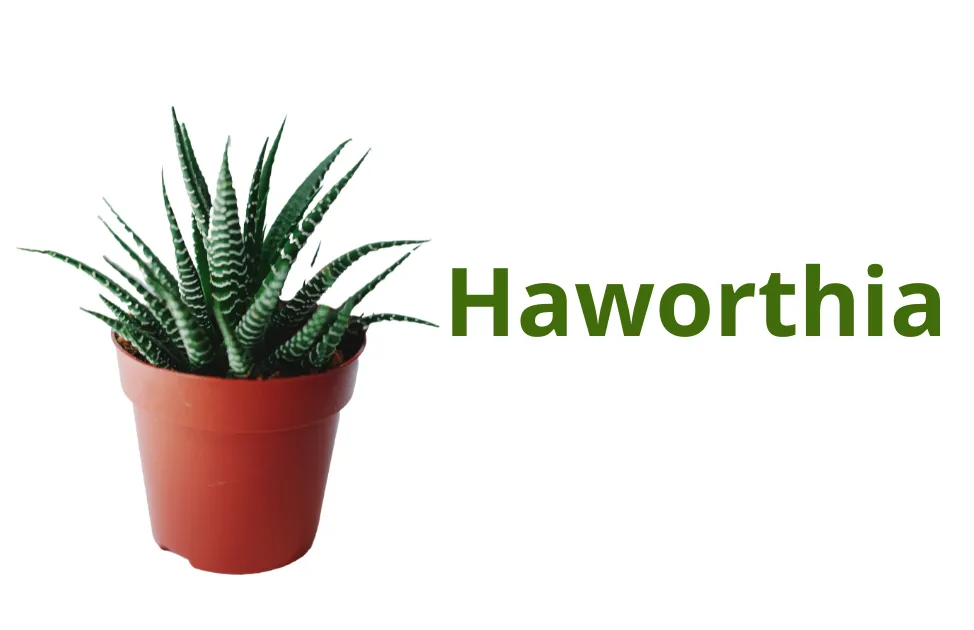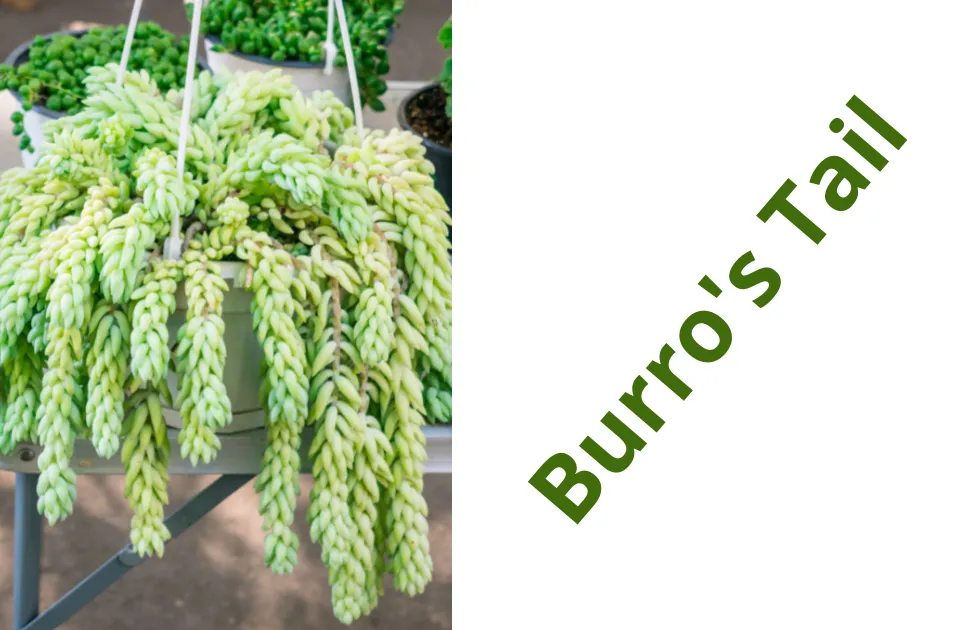Hello plant lovers! It’s time to explore the world of large indoor succulent plants with Akshya Padhy, your go-to expert in cultivating thriving urban greenery.
Indoor succulents are not only beautiful additions to your space but also serve as natural air purifiers. These plants with fleshy, water-storing leaves are perfect for those who forget to water or are new to plant care, offering low-maintenance green companions.
From the mighty Aloe vera with its medicinal benefits to the air-purifying Sansevieria and the drought-tolerant Ponytail Palm, large indoor succulents come in various shapes and sizes to suit your needs. Light conditions and growth rates play key roles in choosing the right succulent for your space, so be sure to consider these factors when selecting your perfect plant.
Key Takeaways:
- Large indoor succulents are a great way to bring life and beauty into your home or office space, while also acting as natural air purifiers.
- Succulents are known for their fleshy, water-storing leaves which allow them to thrive in dry environments, making them low-maintenance and perfect for forgetful waterers.
- Aloe vera is a popular choice for indoor succulent plants, recognized for its spiky green leaves and its medicinal benefits due to its gel-filled leaves.
- Sansevieria (Bird’s Nest Snake Plant) is an architectural wonder with upright, sword-like leaves that not only add visual interest but also act as excellent air purifiers.
- Ponytail Palm is a standout large succulent with a unique bulbous base for water storage, making it resilient to drought conditions.
- Jade Plant offers variety in colors and growth habits, with options like Tricolor and Hummel’s Sunset providing stunning variegation to your indoor jungle.
- When selecting a large indoor succulent, consider factors such as light availability, growth rate, and placement to ensure the plant thrives in its new environment.
Aloe Vera: Nature’s First Aid Plant

Spiky Green Leaves
While Aloe vera is renowned for its spiky green leaves that add a bold touch to any indoor space, these leaves serve a more significant purpose than just aesthetics. The striking foliage of Aloe vera is not only visually appealing but also plays a crucial role in the plant’s survival.
Medicinal Uses, Low-Maintenance
Any aspiring plant parent would be delighted to know that Aloe vera is not just a pretty face; it’s a powerhouse of benefits. This succulent is well-known for its exceptional medicinal properties that have been cherished for centuries. From soothing skin irritations to promoting better digestion, Aloe vera is a multi-functional wonder. Additionally, its low-maintenance nature makes it a perfect fit for busy individuals seeking a touch of greenery without the hassle.
Aloe vera is a versatile indoor succulent that not only adds a touch of green to your surroundings but also serves as a natural healer. This plant’s antibacterial and anti-inflammatory properties make it a popular choice for treating minor cuts, burns, and skin conditions. In addition to its medicinal benefits, Aloe vera is incredibly low-maintenance, requiring minimal watering and care, perfect for those with a busy schedule or a tendency to forget watering their plants.
Sansevieria (Snake Plant): The Air-Purifying Champion

Upright sword-like foliage
Assuming you’re in search of a striking indoor succulent with a bold presence, look no further than the Sansevieria, also known as the Snake Plant. Its upright, sword-like foliage adds an architectural element to any room, making it a standout choice for those looking to make a statement with their greenery.
Air-purifier, low-light tolerant
With its reputation as a champion air purifier, the Sansevieria is not only a visual delight but also a functional addition to your indoor space. Its ability to filter out toxins and release oxygen makes it a top choice for those seeking cleaner indoor air. Additionally, this air-purifying plant thrives in low-light conditions, making it a versatile option for dimly lit areas or offices with limited natural light.
Air purifier In addition to its air-purifying capabilities, the Sansevieria’s tolerance for low-light conditions makes it an ideal choice for spaces that may not receive ample sunlight. This resilience allows the plant to thrive in various environments, ensuring that it continues to purify the air and add a touch of greenery to your home or office, even in less-than-ideal lighting conditions. Recall, that proper care and maintenance are crucial for maximizing the health benefits of this remarkable succulent.
Ponytail Palm: The Drought-Tolerant Star

Bulbous water-storing base
Assuming you’re looking for a succulent that’s as visually intriguing as it is low-maintenance, the Ponytail Palm is a top contender. This large indoor plant stands out with its bulbous base that serves as a reservoir for storing water, allowing it to thrive in drought conditions.
Drought-tolerant, unique appearance
Bulbous and visually striking, the Ponytail Palm boasts a unique appearance that adds a touch of whimsy to any space. Its drought-tolerant nature makes it an ideal choice for busy individuals or those new to plant care. This low-maintenance plant adds a sculptural element to your indoor oasis, turning heads with its dramatic silhouette.
Palm
The Ponytail Palm’s drought-tolerant nature makes it a resilient choice for forgetful waterers or those with a busy schedule. Its unique appearance and low-maintenance needs make it a standout addition to any indoor jungle, offering a touch of exotic flair without the fuss. Make a bold statement with this dramatic succulent that thrives on neglect.
Jade Plant: A Spectrum of Beauty

Varied colors and forms
For those looking to add a touch of diversity to their indoor succulent collection, the Jade Plant is a perfect choice. Some Jade Plant varieties come in varied colors and forms, offering a range of options to suit your aesthetic preferences. With hues ranging from deep emerald green to variegated shades of creamy white and pink, these plants can brighten up any room.
Tricolor, Hummel’s Sunset varieties
Some Jade Plant enthusiasts may be drawn to the stunning Tricolor and Hummel’s Sunset varieties. Colors in these varieties range from vibrant greens to rich reds and yellows, creating a striking visual impact in any space. With striking variegation patterns that add depth and interest, these plants are sure to be a conversation starter.
With their unique colors and forms, the Tricolor and Hummel’s Sunset varieties of the Jade Plant offer a bold and beautiful addition to any indoor succulent collection. Whether you’re a seasoned plant parent or a newcomer to the world of succulents, these varieties are sure to captivate with their stunning vibrancy and eye-catching appeal.
Crown of Thorns

Bright blooms, thorny stems
Stems of the Crown of Thorns succulent are covered in sharp, sturdy thorns, giving it a unique and bold appearance. Despite its intimidating exterior, this plant produces delicate, vibrant blooms that add a pop of color to any space. The contrast between the thorny stems and bright blooms makes the Crown of Thorns a captivating addition to your indoor garden.
Sun-loving, minimal watering
You can keep the Crown of Thorns happy by providing it with plenty of direct sunlight – this succulent thrives in bright, sunny conditions. Additionally, this plant is low-maintenance when it comes to watering. Allow the soil to dry out between waterings to prevent root rot, making it an excellent choice for busy plant enthusiasts.
Crown of Thorns: The Crown of Thorns succulent is a stunning plant with sharp thorns, vibrant blooms, sun-loving nature, and minimal watering needs. This unique combination of features makes it a standout choice for those looking to add a touch of drama and beauty to their indoor plant collection.
Echeveria

Rosette-shaped, colorful choices
Now, let’s explore the beautiful world of Echeveria, a diverse genus of rosette-shaped succulents known for their stunning array of colors and forms. Echeverias are a popular choice among succulent enthusiasts for their striking beauty and easy-care nature. With varieties ranging from pastel pinks to vibrant purples, there is a perfect Echeveria for every indoor garden.
Full sun, infrequent watering
Now, if you’re considering adding an Echeveria to your indoor succulent collection, it’s important to note that these plants thrive in full sun and require infrequent watering. Providing plenty of sunlight will ensure vibrant colors and compact growth, making them a stunning addition to your space. However, be cautious not to overwater, as Echeverias are susceptible to root rot if their soil remains too wet. Allow the soil to dry out completely between waterings to keep your Echeveria healthy and happy.
Full sun exposure also enhances the intense colors and compact growth habit of these succulents, making them a visually captivating choice for any sunny spot in your home or office.
Haworthia

Translucent, textured leaves
There’s a remarkable beauty in the translucent, textured leaves of the Haworthia plant. These small succulents are characterized by their rosette-shaped clusters of pointed leaves that have a transparent quality, allowing sunlight to filter through them. The intricate patterns and raised ridges on the leaves add a touch of elegance to any space, making them a unique addition to your indoor garden.
Shade-tolerant, small-size
Now, if you’re looking for a succulent that thrives in low-light conditions and fits perfectly on a desk or shelf, the Haworthia is an excellent choice. Their compact size makes them ideal for small spaces, and their ability to tolerate shade makes them versatile for different lighting situations. They require minimal maintenance, making them perfect for busy individuals or first-time plant owners.
Any plant lover will appreciate the charming presence that Haworthia brings to their indoor oasis. With their unique appearance and easy-care requirements, these succulents are sure to delight and beautify your home or office.
Zebra Plant

Striped, pointy foliage
After exploring some popular large indoor succulent options, let’s turn our attention to the fascinating Zebra Plant (Haworthiopsis attenuata). True to its name, this stunning succulent features striped, pointy foliage that adds a bold touch to any indoor space. The dark green leaves are marked with horizontal white stripes, resembling a zebra’s stripes, hence the name. This eye-catching plant is relatively slow-growing, making it ideal for those seeking a low-maintenance yet visually striking addition to their plant collection.
Bright light, moderate water
For those looking to cultivate a Zebra Plant, it’s important to provide bright light and moderate water to support its growth and overall health. Place your Zebra Plant in a location that receives ample sunlight, such as a sunny windowsill or a spot near a south-facing window. Concerning watering, allow the soil to dry out partially between waterings to prevent root rot. This plant thrives in well-draining soil and benefits from a thorough watering session when the top inch of soil feels dry.
If the plant is not receiving enough light, the vibrant stripes may fade, and its growth may slow down. Overwatering can lead to root rot, causing irreversible damage to the plant. It is crucial to strike the right balance of light and water for the Zebra Plant to thrive indoors.
Burro’s Tail
Once again, we explore the world of stunning indoor succulents with the delightful Burro’s Tail. This trailing succulent, also known as Sedum morganianum, is characterized by its trailing stems that can grow up to three feet long, adorned with plump, tear-shaped leaves. Its unique appearance and low-maintenance nature make it a popular choice for plant enthusiasts looking to add a touch of whimsy to their spaces.

Cascading, fleshy leaves
There’s a unique charm to the cascading, fleshy leaves of the Burro’s Tail. These leaves store water, enabling the plant to withstand periods of drought, making it an excellent choice for forgetful waterers. The succulent’s trailing growth habit makes it perfect for hanging planters or elevated shelves, where its lush foliage can cascade gracefully, adding a dynamic element to your indoor oasis.
Hanging plant, easy-care
An ideal choice for beginners and busy plant parents, the Burro’s Tail is an easy-care succulent that thrives in bright indirect light and well-draining soil. Its watering needs are minimal, requiring infrequent watering once every two to three weeks. When watering, be sure to let the soil dry out completely between waterings to prevent root rot. Additionally, avoid getting water on the leaves to prevent them from retaining moisture and rotting.
You can easily propagate new plants by snipping off a healthy stem and allowing it to be callous for a few days before planting it in a fresh potting mix. With its captivating appearance and undemanding care requirements, the Burro’s Tail is sure to be a standout addition to any indoor garden.
Christmas Cactus

Festive seasonal blooms
All succulent enthusiasts eagerly anticipate the blooming season of the Christmas Cactus, also known as Schlumbergera. This tropical succulent produces stunning, vibrant flowers that bloom in shades of pink, red, white, or purple. The festive blooms add a pop of color and cheer to your indoor space, making it the perfect companion during the holiday season. With the right care and conditions, the Christmas Cactus can reward you with a spectacular floral display.
Bright indirect light, humidity
While large indoor succulents like the Christmas Cactus thrive in bright indirect light, they also appreciate moderate humidity levels to support healthy growth and blooming. If your indoor environment tends to be dry, consider misting the plant occasionally or placing it near a humidifier to create the ideal conditions. Additionally, avoid direct sunlight exposure, as this can lead to sunburn on the delicate leaves.
If you’re looking to display your Christmas Cactus in a room with less natural light, consider using a grow light to supplement its light needs. Note, that maintaining consistent temperature and humidity levels is key to the overall health and blooming success of your Christmas Cactus.
Final Words
For optimal health and wellness benefits, incorporating large indoor succulent plants into your living space can make a significant difference. Not only do these plants add a touch of greenery and beauty to your home, but they also offer a host of positive effects on your well-being.
Indoor succulents, such as Aloe vera, Sansevieria, Ponytail Palm, and Jade Plants, are excellent air purifiers, helping to remove harmful toxins from the air you breathe. This can lead to improved indoor air quality and reduce respiratory issues for you and your family.
Moreover, the low-maintenance nature of succulents makes them ideal companions for busy individuals or those with a less-than-green thumb. With their drought-tolerant qualities and minimal water requirements, large indoor succulents offer a hassle-free way to enjoy the benefits of plant ownership.
When placed strategically in your living space, these architectural beauties can transform the ambiance of any room, providing a sense of serenity and tranquility. Whether in a sunlit corner or adorning your work desk, succulents have the power to reduce stress and promote a sense of well-being.
Summing up, by choosing the right large indoor succulent plants and caring for them properly, you can elevate the health and wellness of your indoor environment. Embrace these living sculptures not just for their beauty but also for the therapeutic benefits they bring to your daily life.
FAQ
Q: What are indoor succulent plants and why are they popular?
A: Indoor succulent plants are a diverse group of plants known for their fleshy, water-storing leaves. They are popular due to their unique architectural forms, low-maintenance needs, and air-purifying properties, making them a fantastic choice for adding life and beauty to indoor spaces.
Q: What are some popular large indoor succulent plants?
A: Some popular large indoor succulent plants include Aloe vera, Sansevieria (Bird’s Nest Snake Plant), Ponytail Palm, and Jade Plant. These plants not only enhance the aesthetics of a room with their sculptural presence but also offer benefits such as medicinal uses, air-purifying qualities, and stunning variegation.
Q: How do I choose the right large indoor succulent plant for my space?
A: When opting for a large indoor succulent plant, consider factors such as light requirements and growth rate. Some succulents thrive in lower light conditions, while others need bright, indirect sunlight. Additionally, the growth rate of the plant can influence your decision if you are looking for a quick-filling statement piece. Proper placement based on lighting needs is crucial for the plant’s health and growth.


4 comments